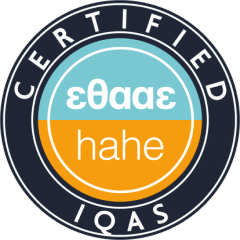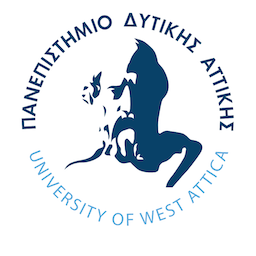Learning outcomes
- General knowledge of the technology and products of professional equipment for the production of audiovisual works.
- Capability of video camera use.
- Familiarity with the main video formats.
- Knowledge of basic video creation principles.
- Developing skills for independent and personal training.
- Ability to work with groups of people involved in the implementation of the project.
- Ability to think and create structured concepts
General Competences
- Search, analyze and synthesize data and information, using the necessary technologies
- Adapting to new situations
- Decision making
- Independent work
- Teamwork
- Exercising criticism and self-criticism
- Project planning and management
- Respecting diversity and multiculturalism
- Ability to use modern technology equipment
- Promotion of free, creative and inductive thinking
Course Outline
Lectures
- Introduction to light
- Static/moving image recording
- Analysis of the art and technique of the selected audiovisual works and applications
- Camera technology with focus on motion capture
- Lenses
- Aperture/ Shutter speed
- Photometry
- White balance
- Sensor technology
- Introduction to sound
- Creative Lighting Design
- The cinematic shot and its significance
- Using the video camera as a means of expression
LABORATORY
Introduction to the use and operation of the camcorder/mirrorless/DSLR, portable lighting fixtures, mounting systems, and microphones.
- Planning and video recording exercises
- Shot types
- Shooting angles
- Camera movement
- Tripod use
- Application of basic lighting principles
- Color temperature and white balance
- Sound
- Microphone (mono and stereo sound)
- Microphone types
RECOMMENDED BIBLIOGRAPHY
- Skopeteas, John, The Camcorder and the Audiovisual Recording, Press photo publications, 2008
- Zettl, Herbert, Television Production Handbook, Wadsworth Publishing, 2014
- Zettl, Herbert, Video Basics 7, Cengage Learning, 2017
- Thompson, Roy, Grammar Of The Shot, Focal Press, 2000


